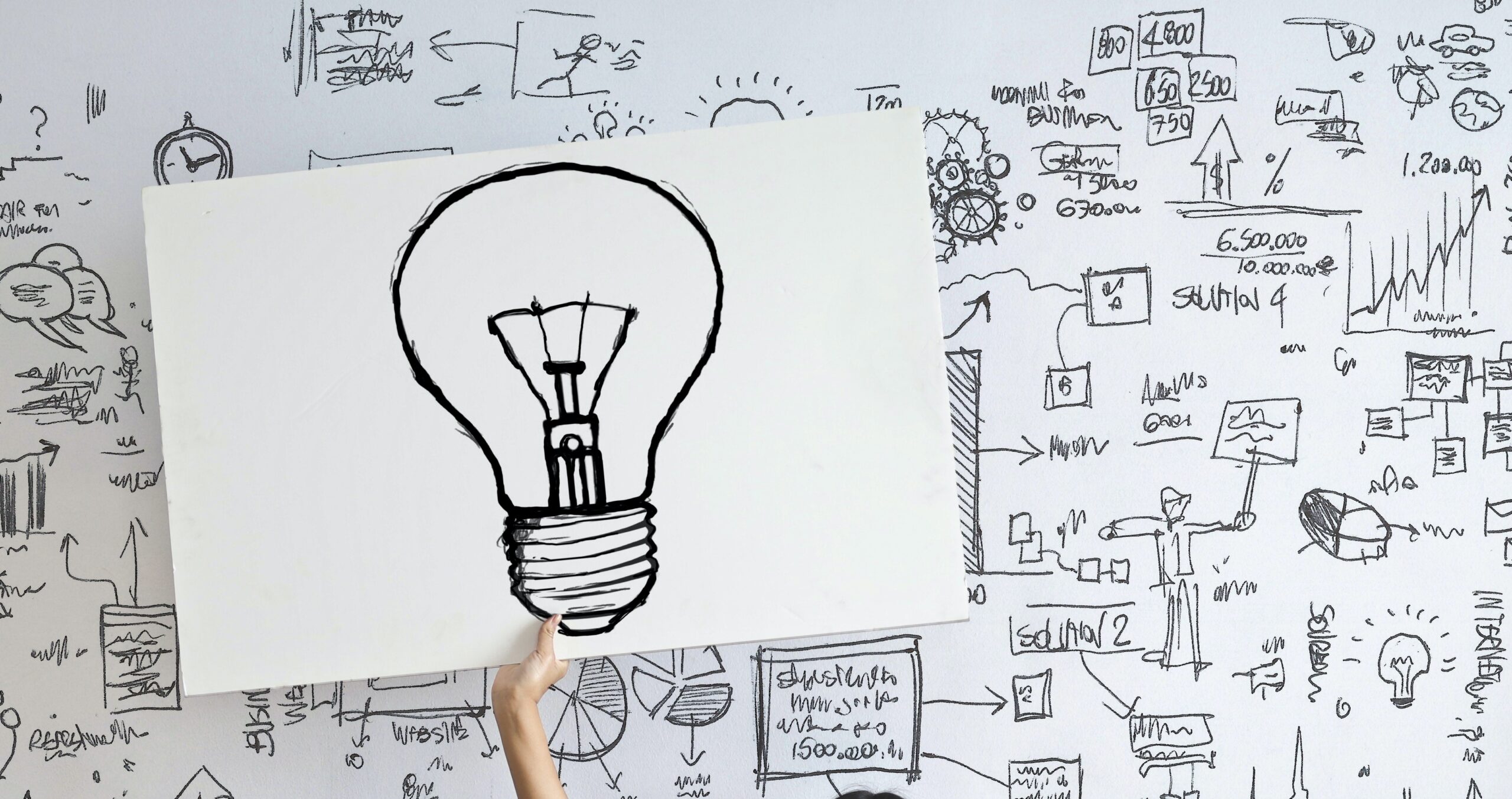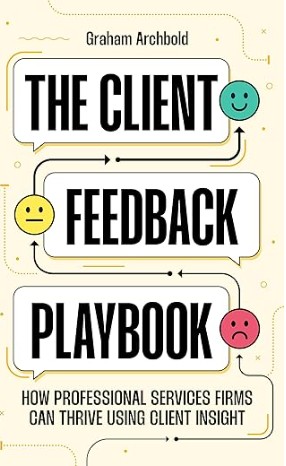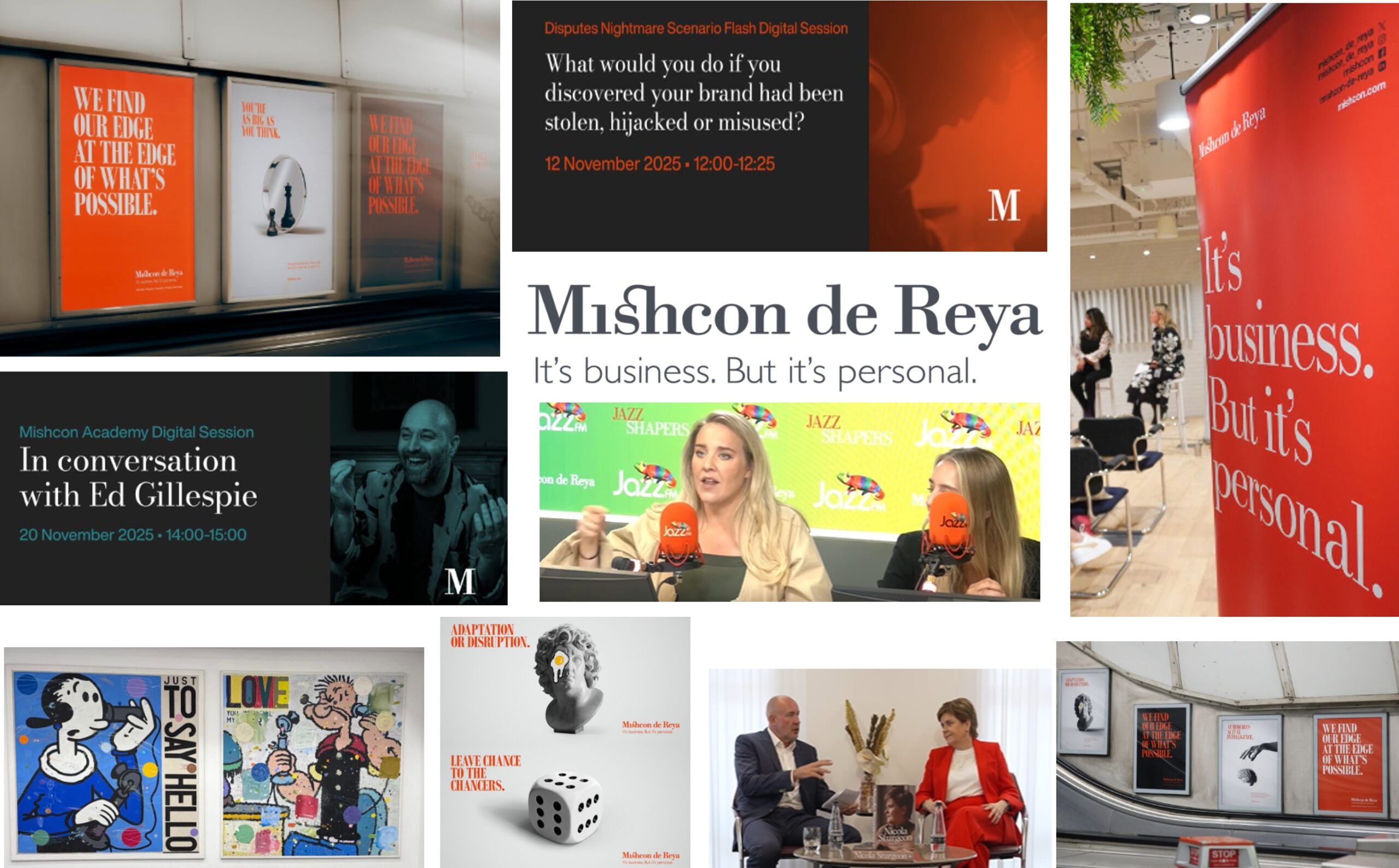
This is one of a series of blogs on problem solving, creative thinking and creativity to support a number of public and in-house training courses on the subject with regards to strategy and business development. Please let me know (kim@kimtasso.com) if you would like further details of half and full day workshops or services to design and facilitate sessions.
I’ve written before on the psychology, competencies, process and dimensions of creativity (see the related links below) but here’s my perspective on the key steps to become more creative:
1. Be curious – Challenge assumptions. Ask “Why?” and “What if?” all the time. Divergent thinking is important for identifying new ideas whereas many people are more convergent in their thinking as they try to find patterns and conclusions. Develop an interest in a broad range of areas – some unrelated to your core function. Creative thinkers are also tolerant of ambiguity.
2. Relax – Most experts advise a relaxed almost trance-like state (in NLP this is called a resourceful state – where you are able to access and use positive, helpful emotions and strategies) in order to allow creative ideas to flow. Exercise and getting sufficient sleep are important. Some people rely on routines and others on meditation techniques to achieve the right frame of mind. Research from Harvard Business School indicates that the ideal creative context requires enough light stress to maintain momentum but not too much.
3. Be mindful – “Being present” or “in the moment” enables you to pay attention to and notice small details around you. Sensory awareness supports creativity as observation helps you pick up on ideas from unrelated spheres. Your environment is important in this regard – you might want to choose a special place or use inspirational colours, images or music. Recent research indicates that blue has a positive effect on creativity.
4. Be positive and playful – Too many good ideas are discarded before they see the light of day – people can be too negative and critical. Considering silly ideas and playing with the impossible can lead to good insights. Visualisation is a key technique. A key element of the creative thinking process is that it should be fun.
5. Find unusual combinations – Numerous creativity techniques put things together in unusual combinations (techniques include forced association, paradox and juxtaposition). A classic definition of the creative process is “the association of two different ideas”. Psychologist Jung explored synchronicity where unrelated events occur at the same time.
6. Adapt – When you are unsuccessful or stuck you need to try being or doing something different. One of my favourite quotes is “The definition of insanity is doing something over and over again and expecting a different result”. Putting together groups of people from unrelated fields can often help prompt creative thinking.
7. Have a process and place – Individuals who devote a large proportion of their time to creative thinking often develop systems and routines which might be based on time (working for set periods of time), output (working until a specific goal is set), location (creating a suitable space) and organisation (preparing the tools that might be needed).
Related posts on creativity
Creativity | Psychology Today United Kingdom
Future Marketing and Business Development Manager: Connections (kimtasso.com) December 2023
Using creativity to turn problems into opportunities in client service (kimtasso.com) November 2022
What is curiosity and why is it important in business relationships? (Video) (kimtasso.com) July 2021
The Human Edge – How curiosity and creativity are your superpowers (kimtasso.com) April 2020
Professional Marketing Forum conference September 2019 (kimtasso.com) November 2019
Creativity and personality profiling (kimtasso.com) August 2019 Creativity 2
Future marketing manager – summary from a workshop for PSF (kimtasso.com) April 2017
Critical Thinking and Problem Solving – Some tips (kimtasso.com) September 2016
Change management and creativity – the adaptive third (kimtasso.com) July 2016
Creativity and good and bad stress – Kim Tasso October 2014 Creativity 7
Creativity 6 – Doodling is good – Kim Tasso September 2014
Creativity 5 – Books on creativity – Kim Tasso September 2014
Enhancing creativity using Leonardo da Vinci’s seven steps (kimtasso.com) September 2014 Creativity 4
Creativity 3 – Update on brainstorming techniques – Kim Tasso September 2014
Creative competencies – Kim Tasso February 2013
The psychology of creativity – Kim Tasso February 2013







